By Health-Talks | Reviewed by Medical Experts
📌 Introduction
Diabetes, once considered a condition mostly seen in older adults, is increasingly affecting young adults aged 18–35. According to the Centers for Disease Control and Prevention (CDC), there has been a sharp rise in both type 1 and type 2 diabetes diagnoses among youth in the past decade. While type 1 diabetes is usually autoimmune and less preventable, type 2 diabetes—strongly linked to lifestyle—has become alarmingly common due to poor dietary habits, sedentary lifestyles, and rising obesity rates.
This article offers a comprehensive guide to understanding, preventing, and managing diabetes in young adults, empowering you with practical steps and expert-backed strategies.
🧬 What is Diabetes?
Diabetes is a chronic metabolic condition where the body either doesn’t produce enough insulin (type 1) or doesn’t use insulin effectively (type 2), leading to elevated blood sugar levels.
Types of Diabetes:
- Type 1 Diabetes: Autoimmune, often diagnosed in childhood or adolescence. The pancreas produces little or no insulin.
- Type 2 Diabetes: Lifestyle-related, more common in adults but increasingly seen in youth. The body becomes resistant to insulin.
- Prediabetes: A warning stage with elevated blood sugar levels not high enough to be diagnosed as diabetes.
📈 Rising Trends in Young Adults
A study published in The New England Journal of Medicine (2021) found:
- Type 2 diabetes cases in individuals under 30 rose by 77% in the last 15 years.
- Obesity rates correlate directly with this trend, especially in urban and high-income settings.
- South Asians and Middle Eastern populations, including residents in the UAE and India, face higher genetic predisposition.
🚨 Early Warning Signs
Recognizing symptoms early is critical to prevent complications:
- Frequent urination
- Excessive thirst
- Unexplained weight loss or gain
- Fatigue and irritability
- Blurry vision
- Slow-healing wounds
- Tingling in hands/feet
👉 Tip: Young adults often ignore symptoms, mistaking them for stress or fatigue. Regular screenings are key, especially with a family history.
🛑 Risk Factors in Young Adults
| Modifiable Risks | Non-Modifiable Risks |
|---|---|
| Sedentary lifestyle | Family history of diabetes |
| Poor diet (high in sugar/carbs) | Ethnicity (South Asians, Africans) |
| Obesity or being overweight | Gestational diabetes in the mother |
| Smoking or alcohol use | Autoimmune factors (Type 1) |
| High blood pressure or cholesterol | Age (18–35 is rising-risk window) |
🛡️ Prevention Strategies
While Type 1 diabetes can’t be prevented, Type 2 diabetes can often be delayed or avoided with the right steps:
🥗 1. Adopt a Low-Glycemic, Balanced Diet
- Focus on whole foods: vegetables, lean proteins, whole grains.
- Avoid sugary drinks and refined carbs.
- Choose low-GI fruits like berries and apples instead of mangoes or bananas.
✅ Example: Switch from white rice to quinoa or brown rice, and replace soda with lemon-infused water.
🏃 2. Stay Physically Active
- Aim for 150 minutes of moderate exercise per week.
- Include a mix of cardio (brisk walking, cycling) and strength training.
🧠 Bonus: Physical activity improves insulin sensitivity and mental well-being.
⚖️ 3. Maintain Healthy Weight
Even a 5–7% reduction in body weight can reduce diabetes risk significantly, according to NIH research.
🛌 4. Prioritize Sleep and Stress Management
- Poor sleep (under 6 hours) increases insulin resistance.
- Stress hormones (like cortisol) raise blood sugar levels.
🌿 Try: Yoga, meditation, breathing exercises, or even journaling.
🚭 5. Avoid Tobacco and Limit Alcohol
- Smoking increases insulin resistance.
- Alcohol disrupts liver glucose balance and may lead to hypoglycemia.
🩺 Control Strategies for Diagnosed Young Adults
If you’ve been diagnosed, don’t panic—diabetes can be well-managed with structured planning.
📊 1. Monitor Blood Sugar Regularly
- Use CGMs (Continuous Glucose Monitors) or glucometers.
- Keep a record of your readings, diet, and mood for pattern analysis.
💉 2. Medication or Insulin Management
- Type 1: Insulin therapy is necessary.
- Type 2: May involve oral medications like Metformin, or insulin if needed.
📌 Work with your endocrinologist to fine-tune doses and avoid hypoglycemia.
🧪 3. Routine Lab Tests
- HbA1c every 3–6 months
- Lipid profile
- Kidney function tests
- Retinal exam annually
📚 4. Diabetes Education
- Learn carb counting, portion control, and label reading.
- Join support groups or diabetes education programs.
🍽️ 5. Follow a Personalized Meal Plan
Work with a registered dietitian to tailor a plan that’s:
- Sustainable
- Culturally appropriate
- Budget-friendly
⚠️ Complications If Uncontrolled
Unchecked diabetes in young adults can lead to:
- Heart disease (25% increased risk)
- Kidney failure
- Vision loss (retinopathy)
- Nerve damage and amputation
- Mental health issues like depression and anxiety
📢 Prevention = Protection. Start early.
🌍 Cultural and Regional Challenges
In the Middle East and South Asia, diabetes is rising due to:
- High-carb diets (e.g., white rice, breads)
- Sedentary jobs
- Sugar-rich tea/coffee habits
- Social stigma around chronic illness in youth
🛠️ Solution: Increase awareness in schools, universities, and workplaces. Encourage annual screenings after age 18, especially with family history.
🧠 Mental Health and Diabetes
Young adults often face diabetes burnout, anxiety about the future, or body image issues.
👥 Support groups, online communities, and mental health counseling can make a difference in long-term adherence.
📌 Practical Tools for Young Adults
| Tool | Benefit |
|---|---|
| Fitness app (MyFitnessPal, Fitbit) | Track calories and activity |
| Blood sugar app (mySugr, Glucose Buddy) | Track readings and share with doctors |
| Meal planner apps | Simplify grocery shopping and diet |
| Smart insulin pens or pumps | Accurate dosing and reminders |
🏁 Conclusion: Take Control Early
Diabetes doesn’t have to define your life—especially in your 20s or 30s. With the right knowledge, habits, and support system, you can not only prevent diabetes but live well with it.
💡 Key takeaway: Prevention starts with one small step—a morning walk, choosing water over soda, or simply checking your sugar levels. Don’t wait for symptoms to strike.
📚 References:
- CDC. (2023). National Diabetes Statistics Report.
- WHO. (2021). Global Report on Diabetes.
- American Diabetes Association. www.diabetes.org
- NEJM. (2021). Trends in Diabetes Prevalence Among Youth in the U.S.
- NIH. (2022). The Diabetes Prevention Program Outcomes Study.
ABOUT THE AUTHOR
Dr. Abid Akram is a dedicated medical practitioner known for his patient-centered approach and strong clinical expertise. With an MBBS degree and years of hands-on experience, he has developed a keen interest in preventive healthcare and internal medicine. Dr. Abid firmly believes that health is not just about treating illness but about empowering individuals to make lifestyle choices that prevent disease and promote long-term well-being. His approachable personality and ability to explain complex medical concepts in simple terms make him a trusted doctor among his patients. Outside of his clinical practice, Dr. Abid contributes to community health awareness programs, aiming to bridge the gap between medical knowledge and everyday life.

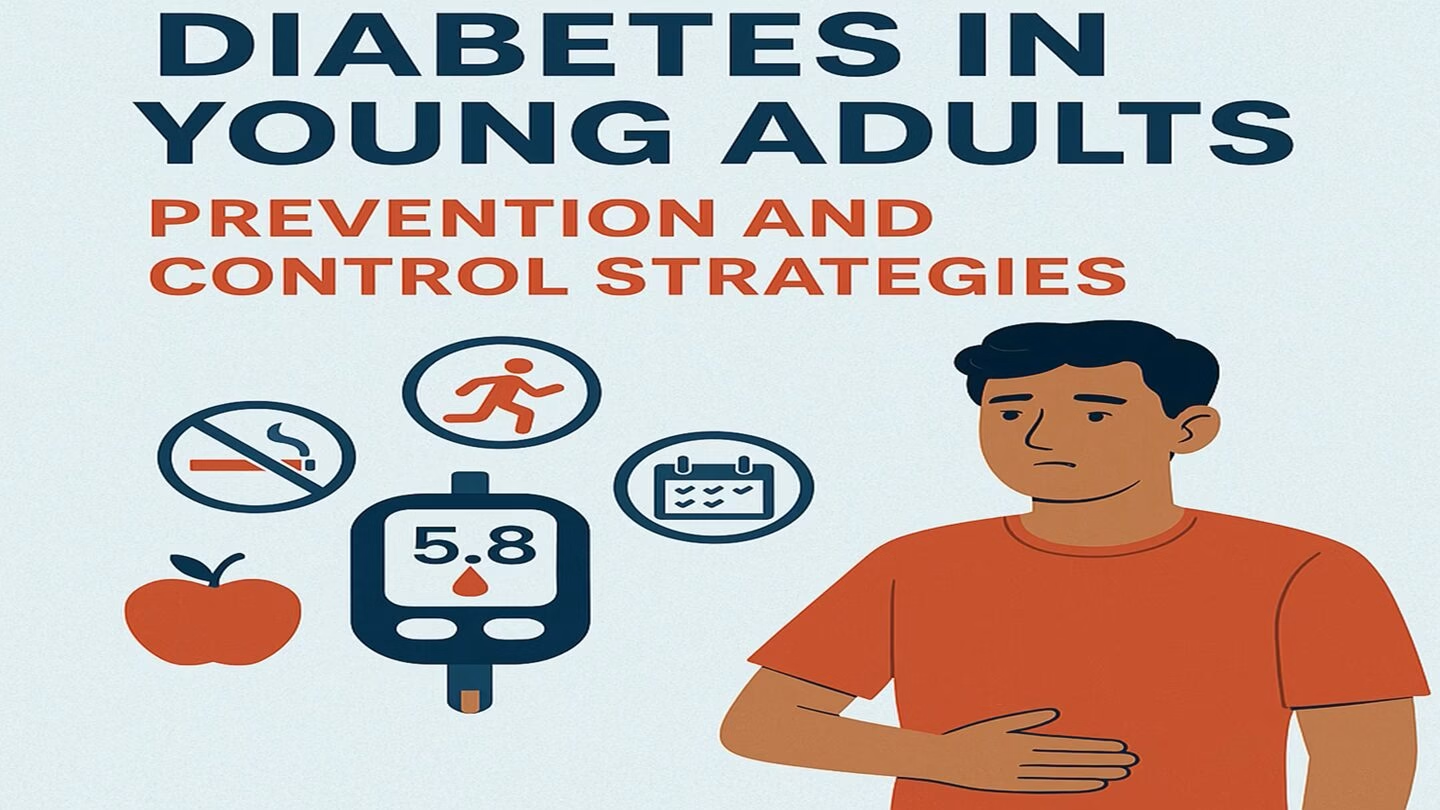


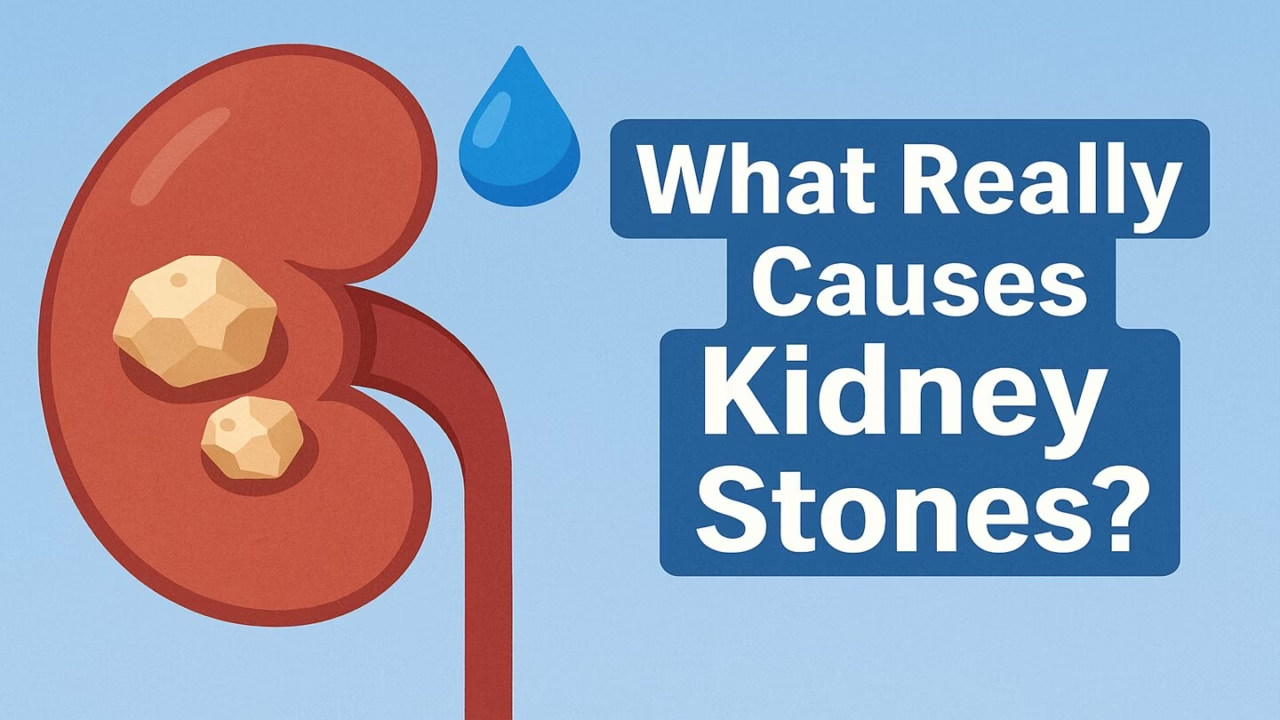



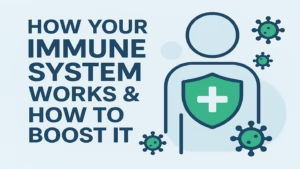

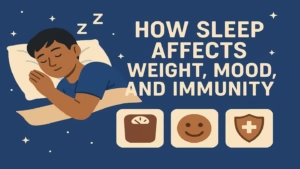
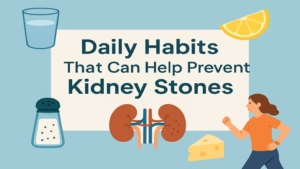

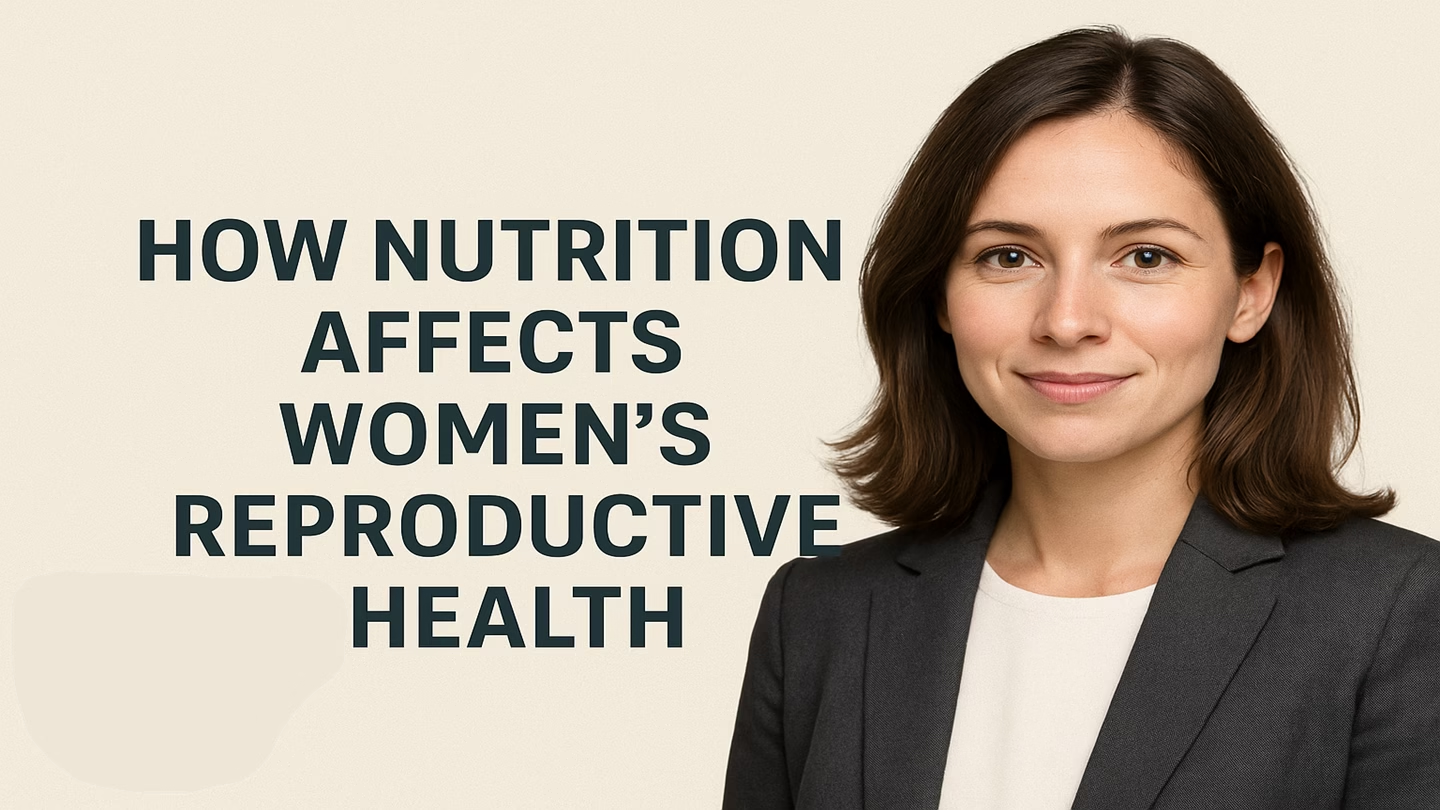
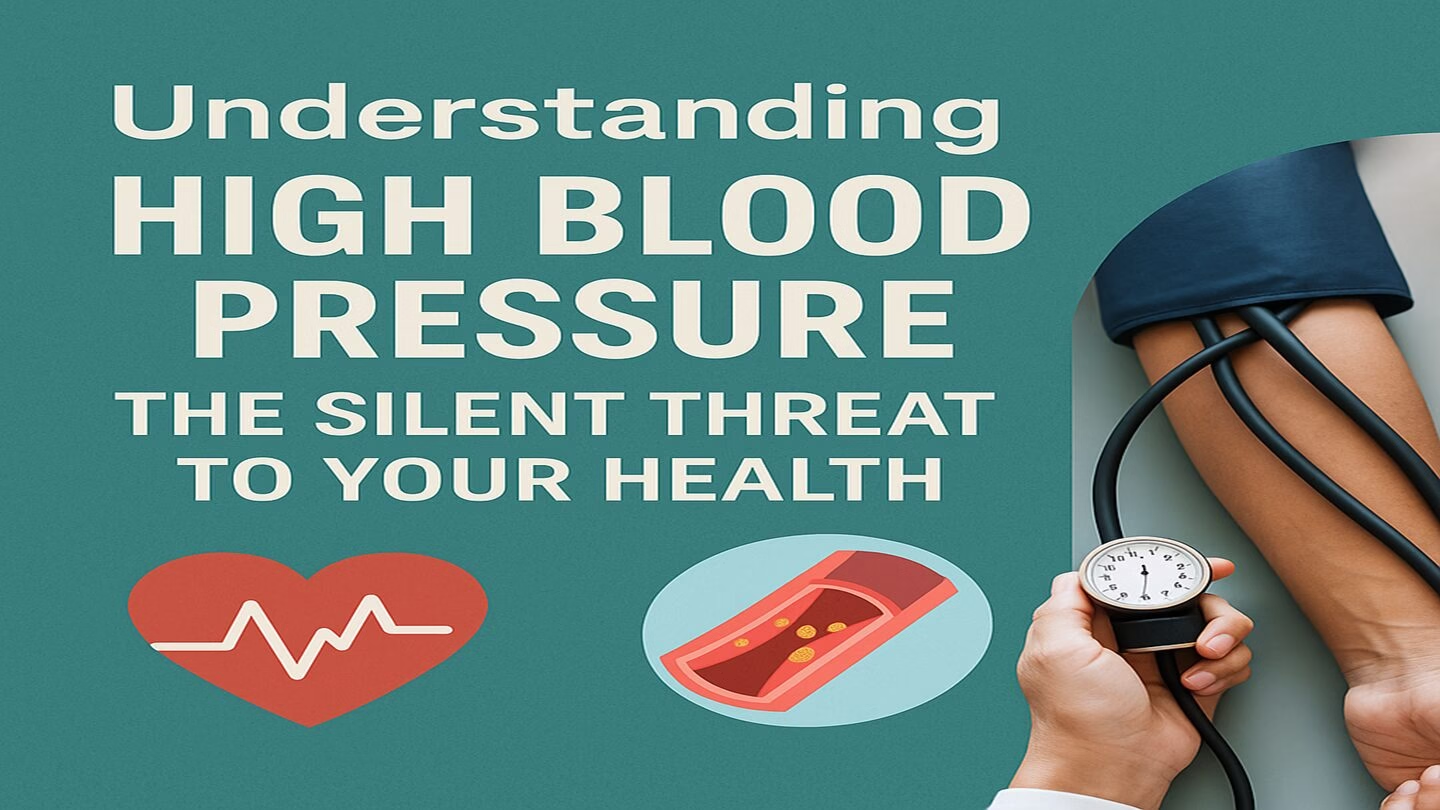


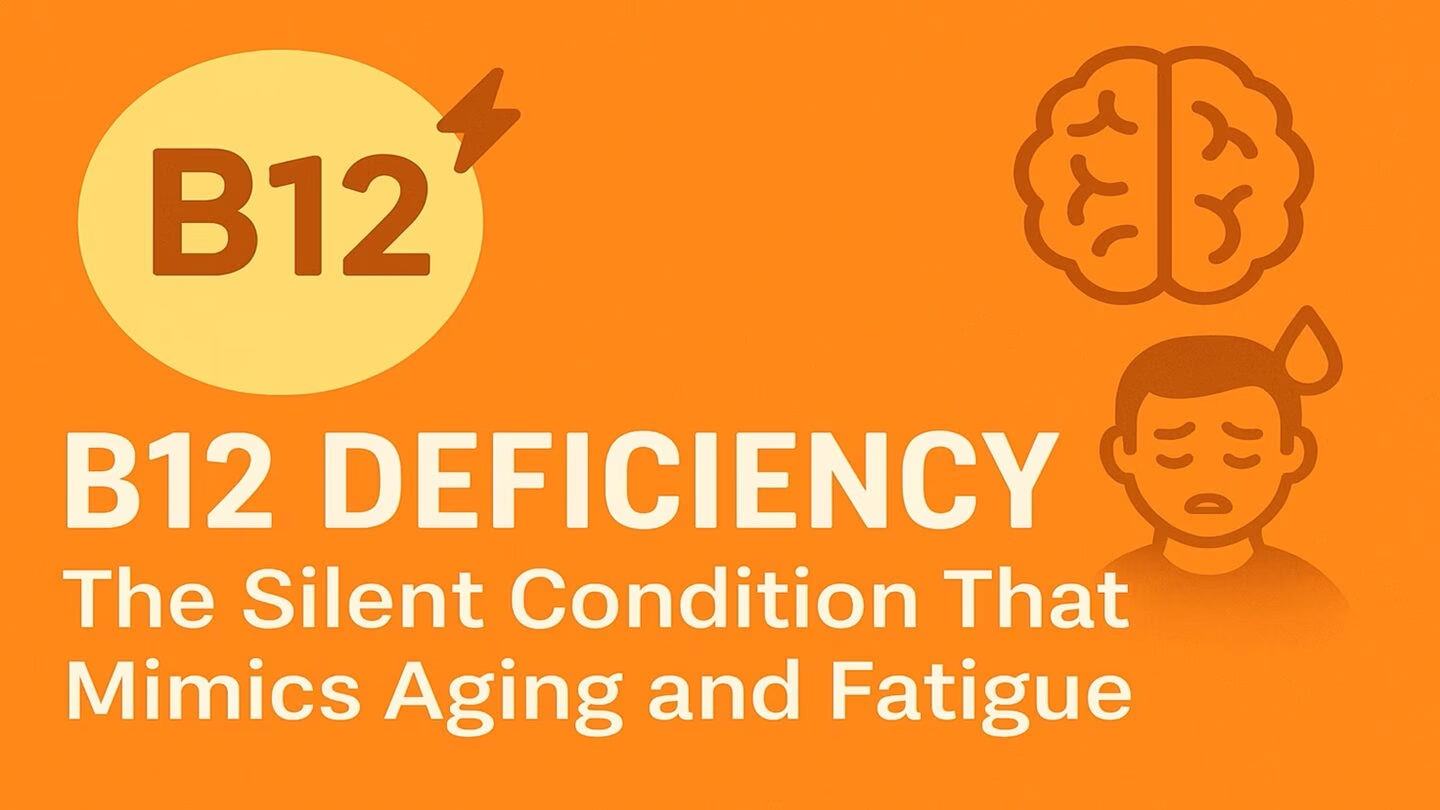
Add comment